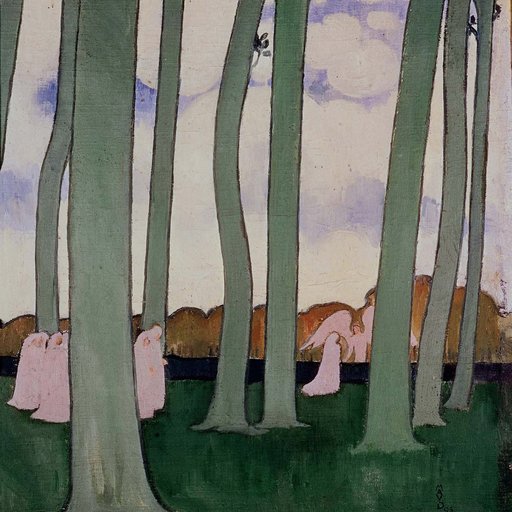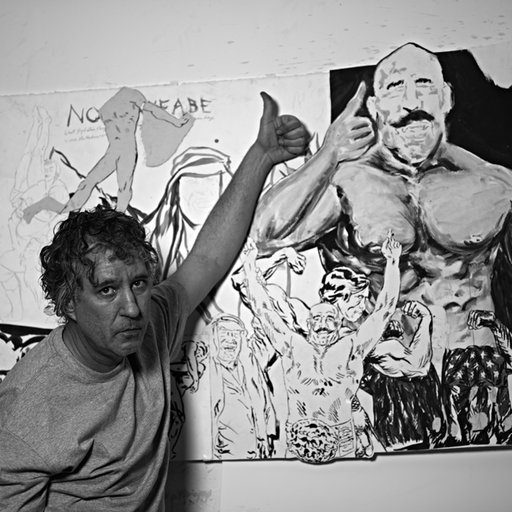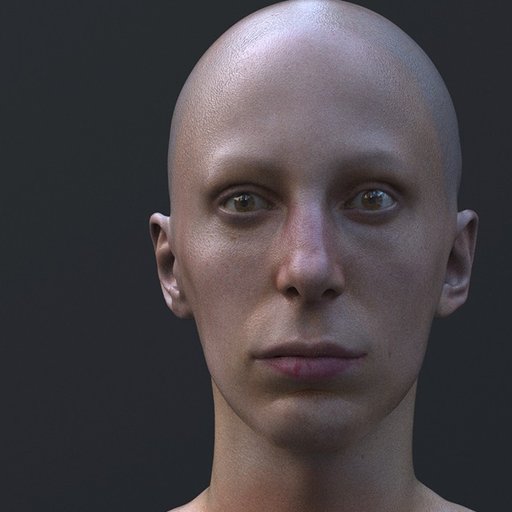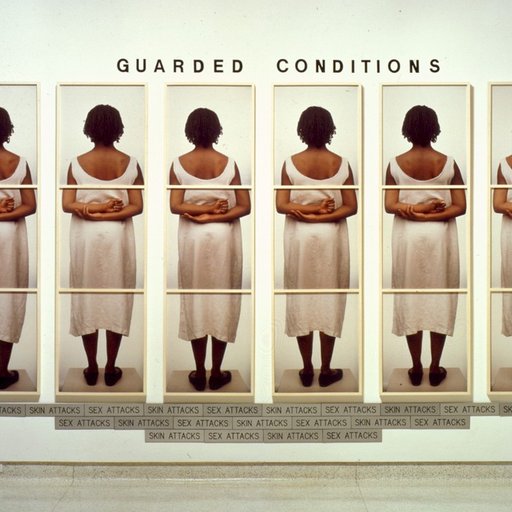A snowy evening is a fine beginning for any story, and a suitable start for photography’s romantic early movement. On March 5th, 1902, a winter evening beset by a late blizzard, the first exhibition showcasing the Photo-Secessionists was opened by the art impresario Alfred Stieglitz at New York City’s National Arts Club, a private club for men and women committed to promoting the applied arts.
 Edward Steichen,
Wind Fire—Thérèse Duncan on the Acropolis, Athens,
1921
Edward Steichen,
Wind Fire—Thérèse Duncan on the Acropolis, Athens,
1921
“The Photo-Secessionists, hand-picked by Stieglitz and tightly controlled by him, were American fine-art photographers, part of a larger, international aesthetic movement called Pictorialists,” explains the editors of Phaidon's
Art in Time
. “Pictorialists championed subjective picture-making in the manipulation of the photographic image, often transcending time and emulating other visual art forms, such as painting, drawing and etching; this approach was in direct opposition to sharp, documentary, topographical, factual photographs.” These images makers, which included photographers such as Gertrude Käsebier, Clarence H. White and Stieglitz himself, were no longer interested in photographic realism as their forbears had been. The Photo-Secessionists wanted to move away from the old photographic ideal of accurately representing the world, towards a “painterly” approach to photographic image making.“Members of the Photo-Secession aimed to ‘secede’ from conventional Victorian approaches and styles, in both techniques and subject matter. Techniques they employed included the use of special filters and lenses, cropping, soft focus and other darkroom manipulations, such as sepia toning and burning," according to
Art in Time
.
If there was one photographer whose early work embodied this painterly technique it was the Luxembourg-born, U.S.-based photographer,
Edward Steichen
. “Having trained as a painter, Steichen believed in the role of the photographer as a creator, subject to inner visions,” writes Ian Jeffrey in
The Photography Book
. Working in close collaboration with Stieglitz and drawing on European, fine-art influences, Steichen refined this new photographic ideal. “Edward Steichen’s work
The Pond – Moonrise
, a soft-focus work that also exhibits added color on the platinum print, embodies the moody, reflective feeling and content of European Symbolist paintings.”
 Edward Steichen,
The Pond - Moonrise,
1904
Edward Steichen,
The Pond - Moonrise,
1904
The final Photo-Secession exhibitions were staged at Buffalo’s Albright-Knox Gallery in 1910. Over the following decades this painterly, picturesque style established photography—a relatively new medium associated previously with realism—within the canon of Modernist art.
Steichen’s artistic sensibilities influenced many subsequent photographers. As the director of the photography department at the Museum of Modern Art from 1947 until 1962, he helped further the careers of numerous fellow practitioners, including Ansel Adams and Stephen Shore , who sold his first photographs to Steichen. Steichen's 1955 exhibition“The Family of Man,” is widely regarded as the seminal humanist photography show, while his classic photograph, The Pond – Moonrise , became the tenth most expensive photograph following its 2006 sale at Sotheby’s in New York for $2,928,000—a respectable enough price for a work whose author wanted to make photography equal to painting’s “fine-art” status.
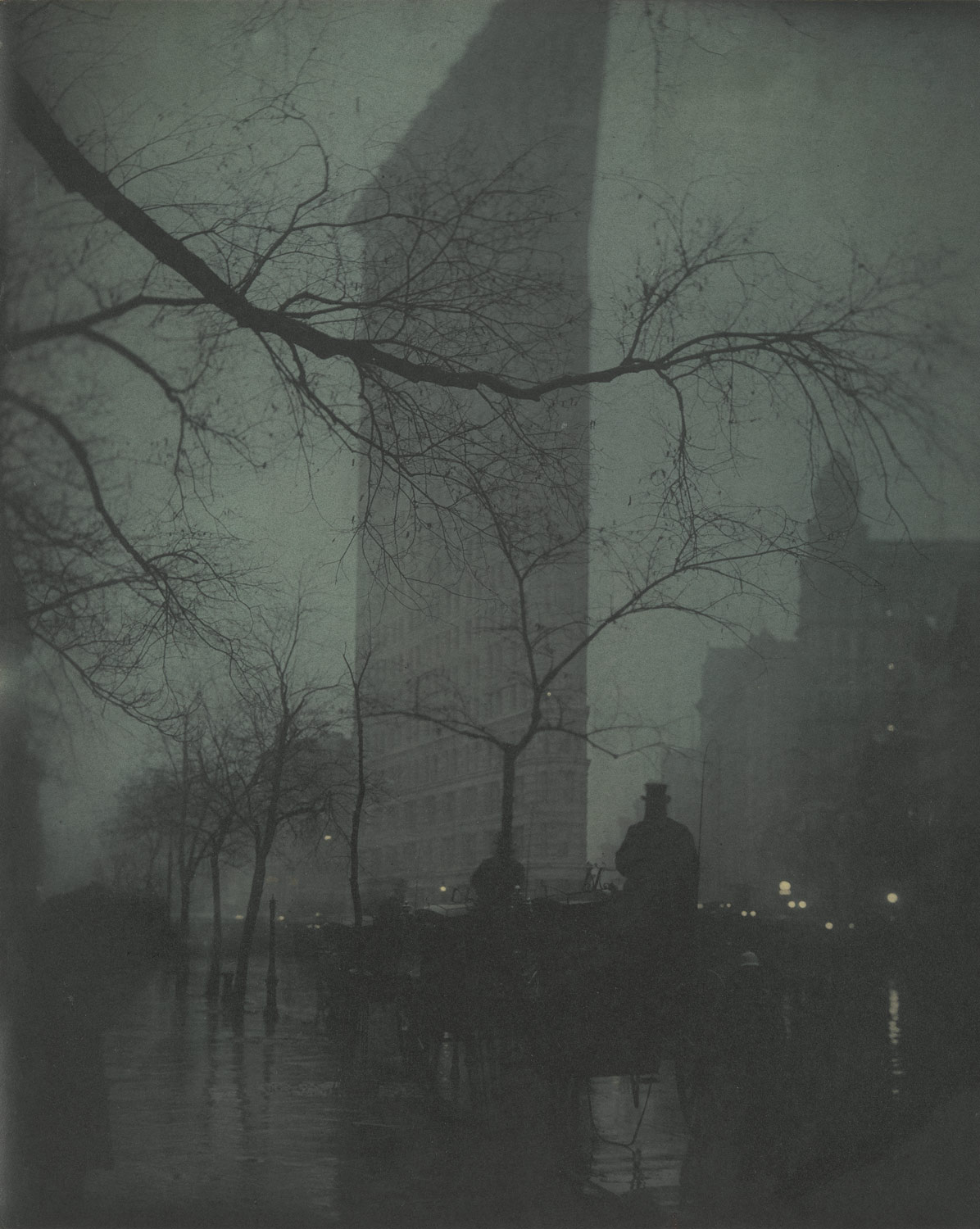 Edward Steichen,
The Flatiron
, 1904
Edward Steichen,
The Flatiron
, 1904
A version of this article was originally published on Phaidon.com.
[related-works-module]



















